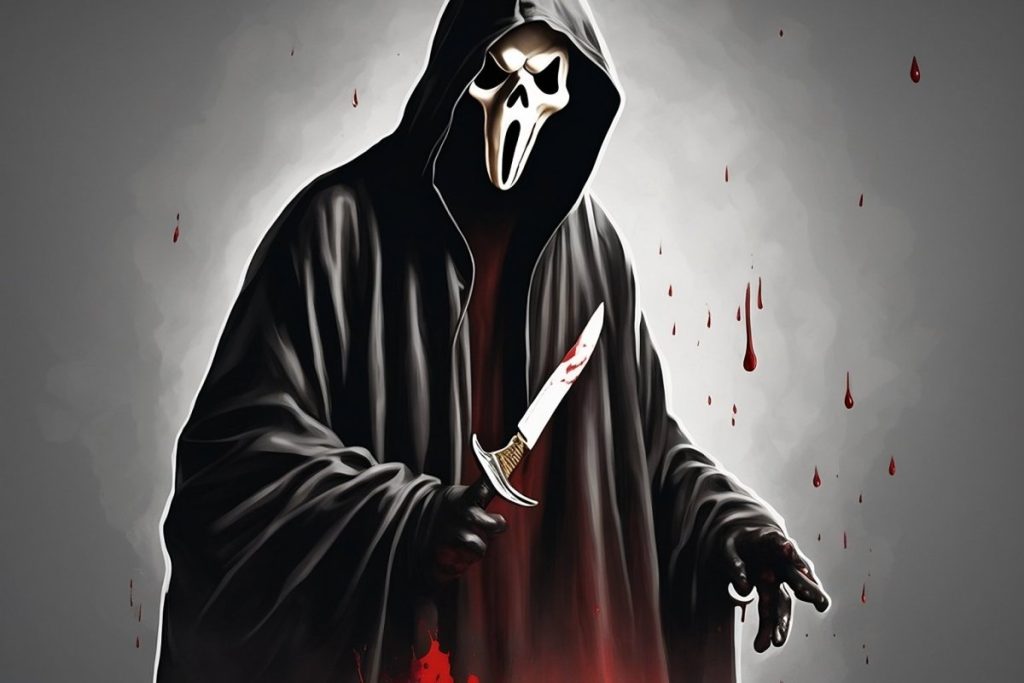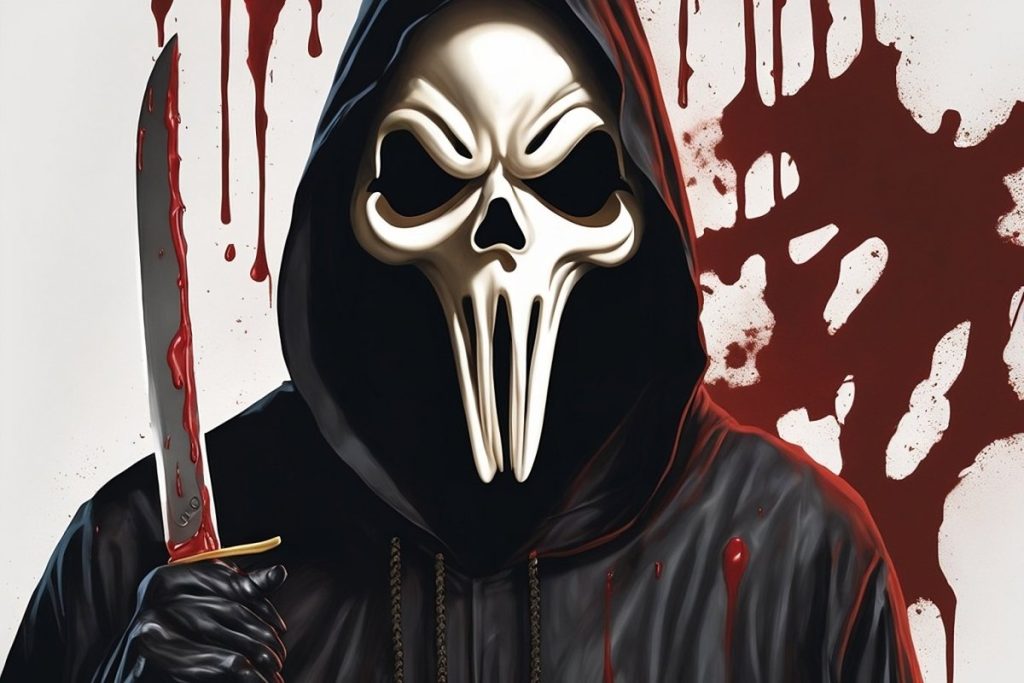Among all the slick, sarcastic teen screamfests of late 90s horror, Wes Craven’s smash-hit Scream stands apart as the most incisively influential. Released in 1996, Scream playfully skewered and celebrated the slasher genre’s derivative clichés and tired tropes even as it expertly weaponized them in classic Craven fashion. The script’s satirical brilliance merged with masterful direction to produce an instant pop culture phenomenon that both mocked and honored horror’s past, present and future.
After exhausting Nightmare on Elm Street and veering into respectability with films like The Serpent and the Rainbow, Craven aimed to reconquer cinemas by dissecting slasher conventions. Screenwriter Kevin Williamson’s sardonic, cinema-savvy script realized this ambitious vision, introducing teens who openly discussed living inside a horror movie even as they were slowly picked off.
By having characters overtly deconstruct genre clichés and “rules” they’re still bound by, Scream pulled horror’s curtain back further than ever. Beneath the winks lay an adoration of horror’s rich legacy. Scream plunges knives into the slasher rulebook even while upholding select totems fans love.
From Drew Barrymore’s legendary cold open to its killer climax, the film masterfully sustains tension via Williamson’s labyrinthine script and Craven’s honed skill directing around what the viewer does and doesn’t perceive. Red herrings abound, and the killers and final girl tropes receive especially biting analysis via Jamie Kennedy’s know-it-all Randy, Scream’s horror oracle.
While openly mocking conventions like “sex = death” and the Final Girl, Craven still plays them skillfully to keep audiences unbalanced between irony and immersion. We laugh at clichés through a postmodern lens, but still leap and shriek when they’re weaponized against us via Ghostface. Scream operates as parody and genuinely shocking slasher flick rolled into one.
Casting fresh-faced TV star Neve Campbell just before Party of Five hit big proved a masterstroke, making Sidney Prescott an instantly iconic Final Girl. Supporting turns from Courteney Cox, David Arquette, Liev Schreiber and others also lend charisma to Williamson’s quippy ensemble. The script operates on multiple levels, offering sincere scares and provocative commentary.
By directly citing horror favorites like Halloween and Friday the 13th, Scream asserts itself in slasher history while pronouncing stiff competition that came before unworthy of its heights. Yet the constant namedropping of influences also honors genre forerunners. For horror fans, Scream operates like a mash note that teases because it loves.

In one especially memorable scene, Jamie Kennedy’s wry horror geek Randy lays out all the “rules” for safely surviving a slasher movie as if part of a deranged academic lecture. This perfectly encapsulates Scream’s mission statement: We know and love these rules, even if we’ve outgrown the naivety of ever fully believing them. It’s daring, bittersweet self-critique.
Of course, by directly addressing audiences, Craven’s opus also dismantles the fourth wall in ways that can frustrate horror purists. For more postmodern viewers, the exaggerated winks and ironic asides created an intoxicating new take on horror. Either way, Scream’s impact permanently expanded genre boundaries and perceptions. Slasher cinema would never be the same again.
Without the runaway success of Scream, the entire wave of tongue-in-cheek 90s teen horror it spawned – I Know What You Did Last Summer, Urban Legend, etc. – likely never emerges. But just as significantly, Scream ushered in an era when horror aimed for mainstream crowds by being smarter, wittier and more self-aware. No longer was the genre purely midnight movie fodder.
At its core, Craven and Williamson actually crafted a genuinely thrilling, commandingly-shot slasher whodunnit. The script’s cleverness never overshadows set pieces focused on misdirection and tension. Red herrings divert from the shocking finale reveal, which in turn subverts expectations anew. As satire and scary movie, Scream just works on every intended level.
Of course, detractors and horror purists argue it permanently damaged the genre by ushering meta-humor to the fore. And certainly, late-90s imitators ran self-referential irony wholly into the ground. To this day, debates rage regarding Scream’s influence representing a zero-sum game of sorts.
But in reality, Craven’s smash simply proved that horror could operate on multiple levels at once – scary, funny, thought-provoking, even emotionally resonant – without surrendering its teeth. Scares and satire coexist seamlessly via incredibly taut direction and performances. Without aging a day, Scream retains its allure by winding its blades through viewers’ ribs and minds simultaneously.
Even a makeshift Ghostface costume still carries instant iconic meaning today. Scream permanently recast slashers as both cultural punchline and secretly beloved dark art form. By extension, horror itself became a part of 90s pop culture rather than niche interest. In the decades since, the ripples of Scream’s pebble continue expanding outward.
The film’s Janus-faced take on horrorGenre proved profoundly influential not just in horror, but across pop culture. After Scream’s success, overtly post-modern irony and self-aware references became commonplace across genres. Craven and Williamson didn’t invent meta-commentary, but they weaponized it brilliantly.
Without the original Scream’s sly, subversive success, who knows how long horror may have remained in the critical and commercial wilderness? Instead, Craven and company engineered a game-changing phenomenon that both mocked and celebrated horror with equal ardor. In doing so, they revived a once-tired genre by painstakingly laying its beating heart and vulnerabilities bare.

